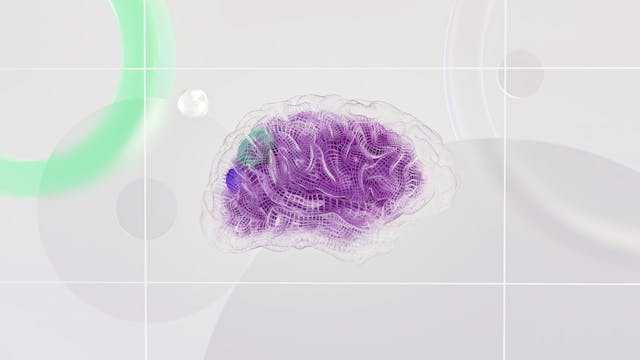Brain aneurysms are challenging to detect, yet identifying them early can reduce the risk of severe outcomes. Neuroradiology plays a key role in diagnosing these aneurysms using advanced imaging techniques. This article discusses neuroradiology, emphasizing its diagnostic capabilities, methods, and practical applications.
Imaging Techniques Used to Detect Brain Aneurysms
Several imaging tools are employed in neuroradiology to detect brain aneurysms precisely and accurately. Tools like CT angiography (CTA), magnetic resonance angiography (MRA), and digital subtraction angiography (DSA) provide detailed insights into the brain’s vascular structures, enabling specialists to visualize blood vessels and identify abnormalities.
CT angiography (CTA) is widely used in diagnosing brain aneurysms. It offers detailed images by combining computed tomography with contrast dye, helping radiologists identify even small aneurysms. CTA provides rapid results and remains a common choice for initial assessments.
Magnetic resonance angiography (MRA) is another imaging method. It uses magnetic fields and radio waves to generate detailed images of blood vessels in the brain. Unlike CTA, depending on the patient’s condition, MRA may not require a contrast dye. Both methods, along with traditional angiography, expand radiologists’ diagnostic options.
Digital subtraction angiography (DSA) is an imaging technique that creates detailed visuals of blood vessels by removing overlapping structures. It captures two images—one without contrast dye and one with—and digitally subtracts non-vascular structures to highlight the vessels. This makes DSA a valuable tool for assessing vascular anatomy and planning treatments that require detailed blood flow understanding.
How Early Detection Can Prevent Complications
Detecting a brain aneurysm in its early stages allows medical teams to manage the condition and prevent further complications. Neuroradiology offers advanced diagnostic insights to help make this possible.
Imaging tools reveal the size, shape, and location of an aneurysm. This information assists physicians in determining whether the aneurysm poses an immediate risk or requires monitoring. Understanding these characteristics lays the foundation for developing treatment strategies that minimize risk.
Early detection also offers opportunities for less invasive interventions. For some patients, observation and medication may suffice to manage the condition effectively. When procedural treatments are required, comprehensive imaging guarantees targeted approaches that improve outcomes.
When to Seek a Neuroradiology Evaluation for Headaches
Persistent or severe headaches can sometimes indicate an underlying issue, including a brain aneurysm. While most headaches are unrelated to aneurysms, consulting a neuroradiologist can clarify certain situations. Patterns of headaches that differ from typical headaches may warrant evaluation. Sudden, intense headaches, often called “thunderclap headaches,” are one example. If these are accompanied by other symptoms like blurred vision or neck stiffness, it may be time to think about diagnostic imaging. Family history and medical conditions are also factors. Individuals with a family history of aneurysms or connective tissue disorders might benefit from proactive evaluation. A neuroradiology consultation can identify potential concerns and guide next steps in care.
Talk with Your Doctor
Neuroradiology offers insights that help radiologists and other specialists effectively assess and address brain aneurysms. Timely imaging evaluations are valuable in identifying aneurysms, managing risks, and planning treatments tailored to individual needs. Discuss your symptoms and family history with your provider to determine whether neuroradiology would provide valuable diagnostic information. From there, your medical team can guide you through the appropriate steps for targeted care.

